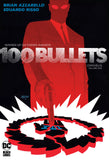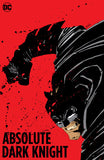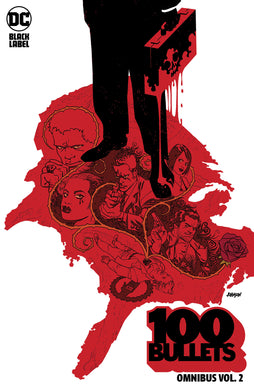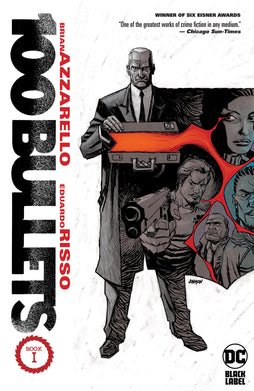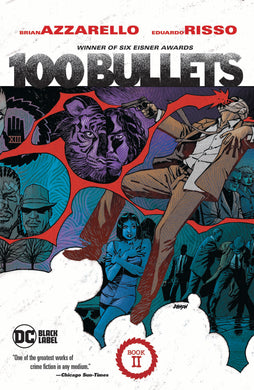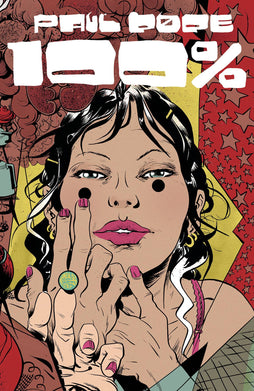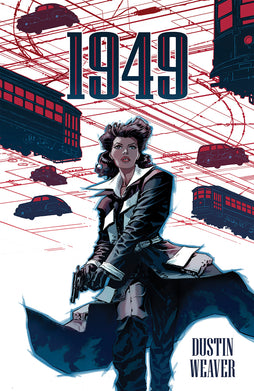NEJISHIKI HARDCOVER
SALE
NEJISHIKI HARDCOVER
Writer: Yoshiharu Tsuge, translated by Ryan Holmberg
Artist: Yoshiharu Tsuge
Cover Artist: Yoshiharu Tsuge
Nejishiki unveils the most iconic scenes from Yoshiharu Tsuge’s highly respected body of work alongside his most beloved stories. A cornerstone of Japan’s legendary 1960s counterculture that galvanized avant-garde manga and comics criticism, the title story follows an injured young man as he wanders through a village of strangers in search of emotional and physical release. Other stories in this collection follow a series of weary travelers who while away sultry nights and face menacing doppelgangers. Even banal activities like afternoon strolls uncover unsavory impulses. The emotionally and erotically charged imagery collected in this third volume remains as shocking and vivid today as it did upon its debut fifty years ago.Tsuge’s stories push boundaries, abruptly crossing the threshold of conventional storytelling. Unassuming protagonists venture further into eerie symbolism against a shadowy, perceptibly dreamlike landscape easily mistaken for the real world. The angst that pervades postwar Japanese society threatens to devour his characters and their pastoral sensibilities as each protagonist’s wanderlust turns surreal.
Writer: Yoshiharu Tsuge, translated by Ryan Holmberg
Artist: Yoshiharu Tsuge
Cover Artist: Yoshiharu Tsuge
Nejishiki unveils the most iconic scenes from Yoshiharu Tsuge’s highly respected body of work alongside his most beloved stories. A cornerstone of Japan’s legendary 1960s counterculture that galvanized avant-garde manga and comics criticism, the title story follows an injured young man as he wanders through a village of strangers in search of emotional and physical release. Other stories in this collection follow a series of weary travelers who while away sultry nights and face menacing doppelgangers. Even banal activities like afternoon strolls uncover unsavory impulses. The emotionally and erotically charged imagery collected in this third volume remains as shocking and vivid today as it did upon its debut fifty years ago.Tsuge’s stories push boundaries, abruptly crossing the threshold of conventional storytelling. Unassuming protagonists venture further into eerie symbolism against a shadowy, perceptibly dreamlike landscape easily mistaken for the real world. The angst that pervades postwar Japanese society threatens to devour his characters and their pastoral sensibilities as each protagonist’s wanderlust turns surreal.


